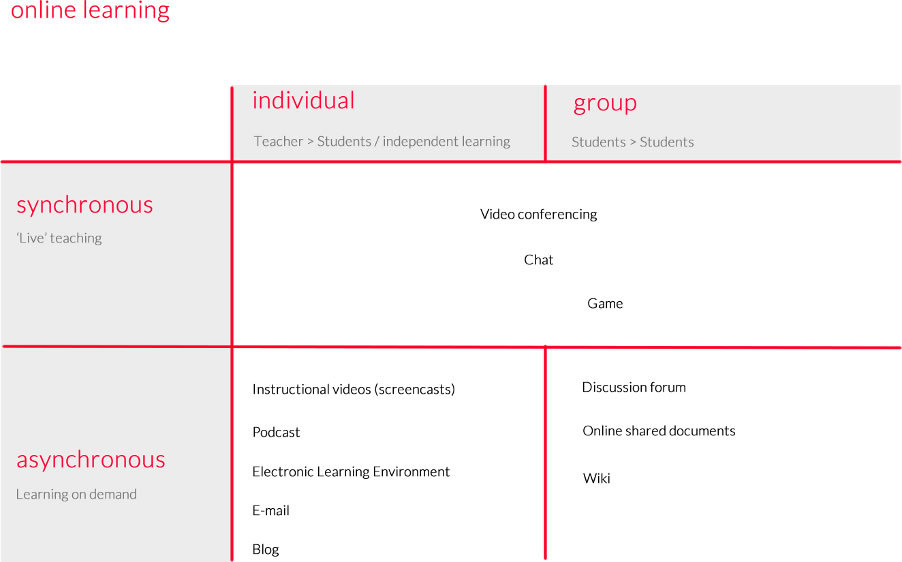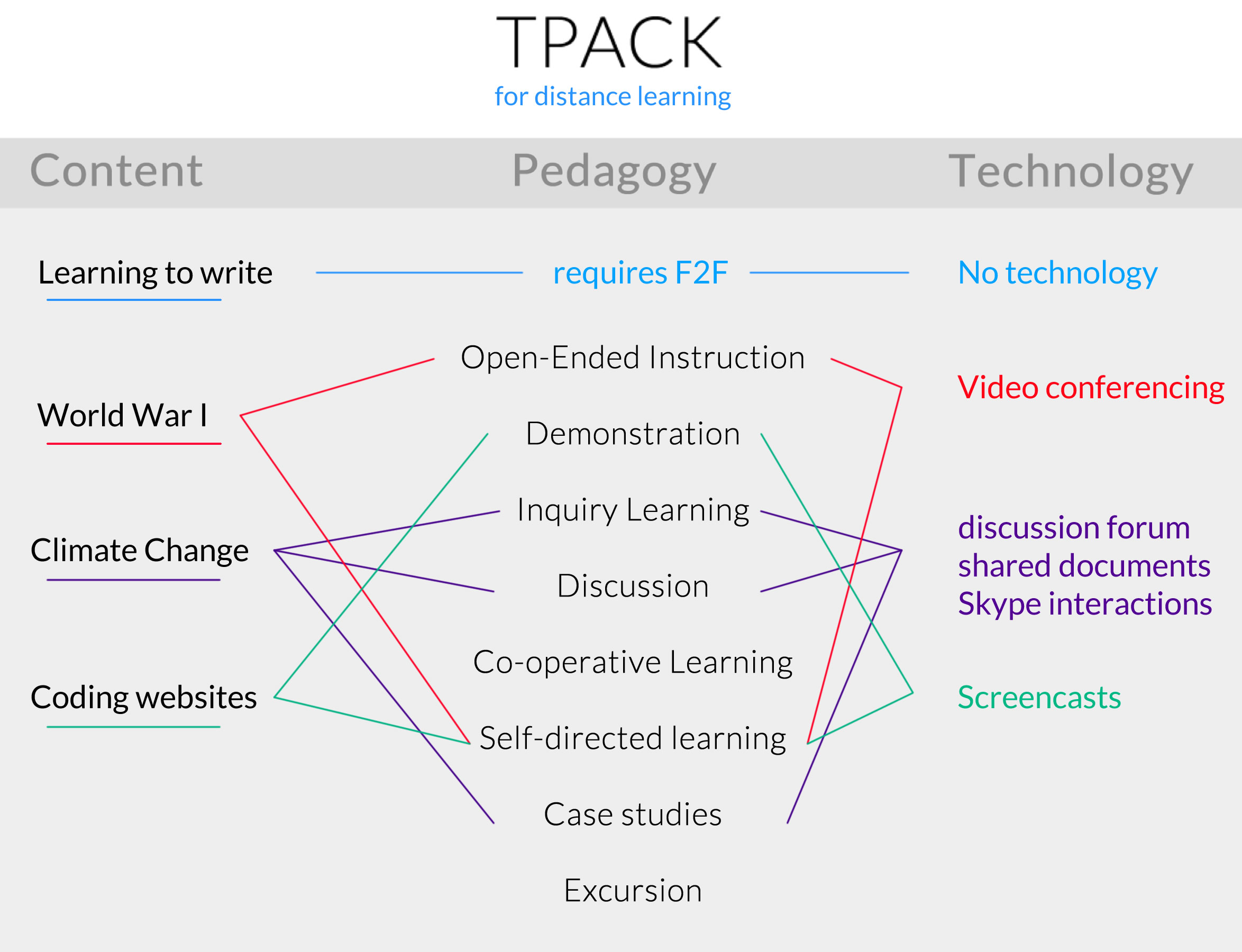


While schools are shutting down due to Corona virus, COVID-19, schools and teachers are looking for quality and sustainable alternatives. All of the sudden e-learning is not that buzz word anymore and distance learning will start replacing formal classrooms. How to make sure students are still learning while more and more countries are entering a complete lockdown?
As from Monday schools in France, Spain, parts in USA, Portugal, Belgium and other countries closed doors. Schools boards and teachers have no clue what to do while (many) students are eager to learn. This article describes how to offer distance learning using technology with the right pedagogy at the back of the mind.
I started to teach online 15 years ago. Half of my lessons have been taught online for years. Synchronous and asynchronous. Students perceived those lessons as equally valuable as those in the classroom. How did we manage to build a successful distance-learning program?
Entering the world of blended learning, one should distinct 3 actors:

Every single combination leads to valuable applications and tools. Since this article tries to point out how to learn remotely, we skipped face to face learning. Students can learn by reading, listening, watching video, interacting, etc.
A few examples how students can learn via online instruction:

To replace a teacher’s instruction in the classroom 2 approaches have been proven to be successful:
1/ video conferencing allows teachers to teach live and remotely. Students can attend a session online. Teachers and students can hear and see each other via webcam, microphone and speakers. Teachers can share their screen and students can ask questions in chat.
Some thoughts:
it is important to realize that every subject requires a different approach. Teachers Biology may create a PowerPoint presentation to be shared and can annotate while teaching. Teachers Math may prefer to write equations on the whiteboard while teachers IT will share their coding tool or Minecraft
Options:
2/ instructional videos allow students to learn on demand and at their own pace. Student can learn anytime and anywhere and can control the pace of a lesson by hitting pause and can even repeatedly watch the same video. A perfect video is no longer than 15 minutes. Videos can be made available by posting them on YouTube, Vimeo or an online learning environment like MS Teams.
Options:
When speaking about distance learning one focusses to easily on technology, but pedagogy is key.
It’s important to realize that one should first try to find the appropriate pedagogy before trying to find a tool. Sometime teachers need to instruct, sometimes we need to allow our students to learn in groups and to be actively involved in their learning process. This all depends on the content you want to teach.

Want to know more? Check the TPACK model.
In this process the teacher becomes a pedagogical engineer who needs to find creative combinations. In most cases there’s more than one solution.
Now let’s dive into learning approaches. One can learn from instruction, collaborative learning, self-enquiry, learning by doing, etc.
When you teach students to learn the pythagorean theorem by heart, I believe instruction would be the best way to go. When you decide to teach about climate change, I truly believe learning its definition by heart is not the best way to go. We want our students to explore, brainstorm, discuss, create, solve problems, share ideas, change behavior and take action. All of these items can be initiated by different tools.
Make sure to check your students’ understanding after watching videos or remote lessons. Several tools allow to create quizzes and interactive presentations.
Wonder how your students perceived their virtual class. Some may have experienced ICT issues. Others may have issues with timing. Always ask anonymous feedback by setting up surveys.
Please realize that different subjects, topics, grades, students, schools require a different learning approach.
There’s no holy grail.
Some topics will be extremely hard to teach on a distance, online:
And how to teach a subject which requires devices and materials which aren’t available at home: microscopes, chemicals, etc.
Your schools needs to develop a vision first. All teachers have to be on the same line but they all can learn from those with some experience. It’s crucial to offer decent training. And this will be tricky in case your school already closed...
Starting to teach your students remotely is a process. School leaders have to provide training to their teachers and teachers need to be able to gain the right skillset. Technological glitches? Don’t let yourself down. Next session will be better.
Not every topic can be taught on a distance. For some interactions, topics and ages, the presence of a teacher is crucial. Students will need each other’s presence as well. You will be losing time for sure. But that’s ok. Make sure to point out challenges to your students before you start.
Happy learning!
Koen